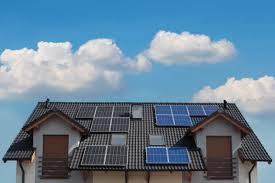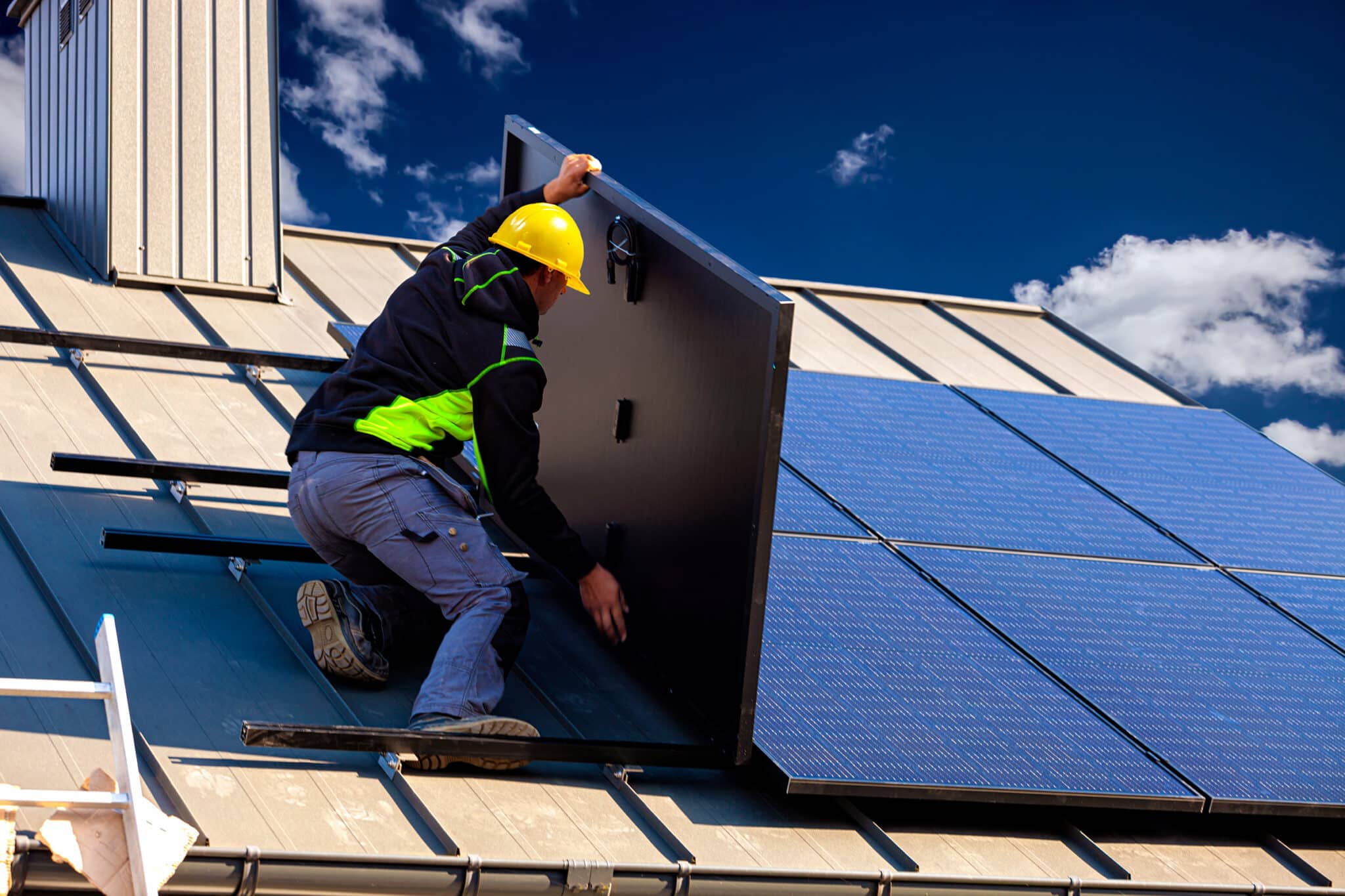Monocrystalline vs polycrystalline solar panels: 5 winter performance facts
In winter, monocrystalline panels (e.g., 22% efficiency) outperform polycrystalline (18%) with lower temp coefficients (-0.38% vs -0.45%/°C); at 5°C, their output dips ~7.6% vs 9%, retaining more efficiency in cold.
Cold Weather Efficiency Advantage
While a typical polycrystalline panel might lose -0.40% to -0.45% per °C rise above 25°C, monocrystalline panels average just -0.35% to -0.40%/°C. This means in a 5°C environment, a 400W mono panel can produce around 5-7% more power than a poly panel of the same rated capacity. Real-world data from northern climate installations show that monocrystalline systems achieve up to 4% higher December energy yield compared to similarly sized polycrystalline arrays.
The key reasons monocrystalline panels excel in winter:
· Lower temperature coefficient: Better power retention per degree below STC (Standard Test Conditions).
· Higher initial efficiency: Typically 20-23% for mono vs. 16-18% for poly, meaning more energy capture under weak light.
· Improved low-light response: Mono cells generate usable power earlier in the morning and later in the afternoon.
On a clear cold day at -10°C, a monocrystalline panel can actually produce ~10-12% more than its rated STC power due to reduced electron resistance and cooler cell operation. In contrast, polycrystalline panels see less of this “cold boost,” usually capping at ~6-8% above rating. For a residential system in a cold climate, choosing monocrystalline can add ~2-4% extra annual energy production, directly lowering payback time.

Snow Cover Impact on Output
Even a thin layer of snow can drastically reduce output. Studies show that 2 cm of snow cover can decrease power generation by over 80%, while 5 cm can lead to a 95% or more reduction. The impact varies by panel type and installation. Monocrystalline panels, with their smoother surface and higher efficiency, often shed snow ~15-20% faster than polycrystalline modules. Systems installed at 35° angles or greater experience ~30% shorter snow coverage periods compared to those at 15 degrees. For a typical 6 kW residential system in a snowy region, winter production losses due to snow can range from 10% to 30% of the total potential monthly energy.
Key factors influencing snow-related losses:
· Panel tilt angle: Steeper angles (>30°) promote faster snow shedding.
· Surface texture: Sleeker monocrystalline surfaces shed snow more completely.
· Local weather patterns: Areas with frequent thaw-freeze cycles may experience ice formation, prolonging coverage.
The following table compares average snow-related performance between monocrystalline and polycrystalline panels under similar conditions:
Parameter | Polycrystalline Panel | |
Time to shed 2 cm snow | ~2.5 hours | ~3.2 hours |
Power loss during partial cover | ~85% | ~88% |
Output recovery post-snowfall | ~95% | ~91% |
Ice adhesion likelihood | Low-Moderate | Moderate-High |
Arrays with a 40-degree tilt in Minnesota recovered 90% of output within 4 hours after a 15 cm snowfall, while flatter (10-degree) systems remained covered for 2+ days. Using panels with black backsheets can also accelerate melting by absorbing more heat—sometimes reducing snow cover duration by up to 15%. For systems in regions with 20+ annual snow days, selecting smoother, mono panels and optimizing tilt can save ~5-8% of annual energy losses from snow. Manual cleaning is rarely advised due to scratch risk and safety concerns; natural shedding is generally the safest and most cost-effective approach.
Low-Light Performance Differences
On overcast days, irradiance can drop to 150-400 W/m², far below the standard 1000 W/m² test condition. In such environments, high-efficiency monocrystalline cells maintain noticeably higher energy conversion. For instance, at 200 W/m² irradiance and 15°C, a premium mono panel can operate at 18-20% efficiency, while a typical poly panel may drop to 14-16%. This gap translates into 5-10% more daily energy harvest under consistently cloudy conditions.
Key elements affecting low-light output include:
· Cell efficiency: Monocrystalline cells start with a higher baseline efficiency (~22% vs ~17% for poly), which remains advantageous in low light.
· Spectral response: Mono cells are generally more responsive in the blue and diffuse light spectrum common on cloudy days.
· Temperature coefficient: As covered earlier, better performance in cold temperatures synergizes with low-light behavior.
Data from a monitored installation in Seattle (noted for its 180+ cloudy days per year) showed that over a 3-month winter period, monocrystalline arrays outperformed polycrystalline by an average of 12% per kWh per kW installed. This wasn’t due to peak sun hours—which were limited—but because mono panels began producing power ~20 minutes earlier in the morning and continued ~15 minutes longer in the afternoon under diffuse light.
When light intensity falls to ~100 lux, many polycrystalline inverters drop below startup voltage, while monocrystalline systems continue feeding power into the grid. For a 10 kW DC system, this can mean an additional 0.7-1.2 kWh per day in winter, which accumulates to over 30 kWh per month—enough to power essential nighttime loads for several hours. This consistent energy harvest reduces reliance on the grid during high-rate periods and improves the seasonal ROI of the solar investment. When designing systems for regions with low solar insolation (below 3.5 kWh/m²/day), prioritizing low-light performance leads to better year-round production and faster payback.
Temperature Coefficient Effect in Cold
Simply put, the temperature coefficient indicates how much a panel’s power output decreases for each degree Celsius above 25°C. But in cold conditions, this relationship reverses: panels operate below their standard test temperature and can actually produce more power than their nameplate rating. Monocrystalline panels, with a typical temperature coefficient of -0.35% to -0.40% per °C, outperform polycrystalline panels, which usually range from -0.40% to -0.45% per °C. This means on a cold day at -10°C, a monocrystalline panel can produce ~10-12% more power than its rated capacity, while a polycrystalline panel might only achieve ~6-8% extra. Over a full winter season, this difference can lead to a 3-5% increase in total energy yield for mono systems in regions with an average winter temperature below 5°C.
A 370W monocrystalline panel operating at -5°C and under full sunlight may output 395-400W, while a similarly rated polycrystalline panel might reach only 385-390W. This 5-10W difference per panel scales significantly in larger arrays. A residential 10 kW system in a cold climate could see an additional 400-500 Wh per sunny winter day solely due to superior temperature response.
In Minnesota, where winter temperatures average -2°C to -10°C, monocrystalline arrays were recorded producing at 108-112% of their STC rating during peak daylight hours. Polycrystalline systems under the same conditions maxed out at 104-107%. Over a 90-day winter period, this translated to ~18-22 kWh more energy per kW installed for monocrystalline systems. This advantage diminishes as temperatures rise; at 20°C, the difference narrows to just 1-2%.

Durability in Winter Conditions
Most monocrystalline modules are rated for snow loads up to 5400 Pa (approximately 550 kg/m²), which equates to supporting over 1.5 meters of fresh, dry snow. In contrast, many standard polycrystalline panels have a lower load rating, typically around 4000-4800 Pa. This 15-20% higher load tolerance can be critical in regions like the Rocky Mountains or New England, where seasonal snow accumulation can exceed 2.5 meters.
Panels subjected to 25+ annual freeze-thaw cycles show a marked difference in degradation rates. Monocrystalline panels, with their more uniform cell structure, exhibit less microcracking over time. Data from a 10-year study in Canada showed that monocrystalline arrays had an average annual power degradation rate of 0.48%, while polycrystalline systems degraded at 0.52% annually. After a decade, this 0.04% per year difference results in a ~2% higher power retention for the monocrystalline systems.
Parameter | Monocrystalline Panel | Polycrystalline Panel |
Typical Snow Load Rating | 5000-5400 Pa | 4000-4800 Pa |
Wind Load Resistance | 4000 Pa (~ 155 mph) | 3600 Pa (~ 148 mph) |
Annual Degradation Rate in Cold Climates | 0.45%-0.50% | 0.50%-0.55% |
Performance Warranty at 25 Years | >87% output | >84% output |
Failure Rate from Thermal Cycling (-40°C to +85°C) | <0.8% | <1.2% |
A monocrystalline panel's higher initial mechanical strength translates to a lower probability of catastrophic failure during extreme weather events. For example, during a wind storm with gusts reaching 130 km/h, the probability of physical damage for a well-mounted mono system is estimated at <0.5%, compared to <0.7% for a poly system. This resilience ensures that the system continues to operate and provide energy savings throughout its 25+ year lifespan, maximizing the return on investment for homeowners in harsh winter climates. The combination of higher durability and slower degradation means that after 15 years, a monocrystalline system could be producing 5-7% more energy than a polycrystalline system of the same initial size.